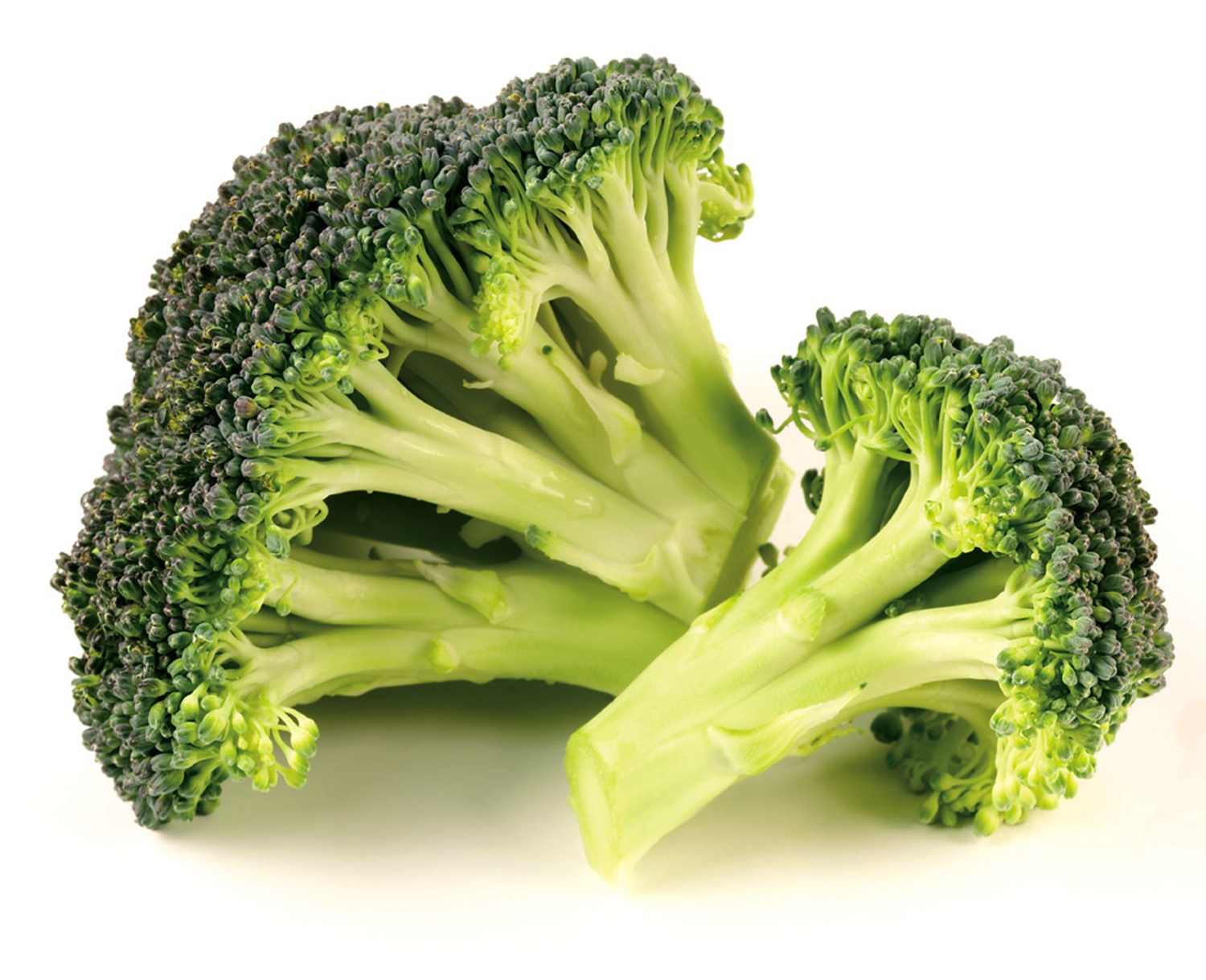Foods That Should Be In Your Diet And Why
 |
| Link |
 |
| Link |
Summary:
This week, we were learning about foods that should be in your diet. We were basing it on My Plate and My Pyramid.
Fruits:
 |
| Link |
According to My Plate, fruits should be 20% of your diet. Fruits include apples, oranges, peaches, mangoes, bananas, blueberries, and many more! Fruits are important because they are a good source of vitamins and minerals. They are also good for nutrients including potassium (especially in bananas), fiber, and vitamin C. As you can see, fruits can really make a change, and help you stay fit.
Vegetables:
Vegetables should be about 30% of your diet. Vegetables include carrots, cucumbers, broccoli, green peas, and more. Vegetables are important because they also have potassium, fiber, and vitamins A, E, and C.
 |
| Link |
Broccoli has vitamins B1, B2, B3, B6, iron, magnesium, and more potassium than most vegetables. It also provides fiber and is low in calories.
Spinach helps with good vision and protects the eye from a lot of sunlight, and from harmful objects that can get into them.
 |
| Link |
Tomatoes (also watermelon, pink grapefruit, pink guava, and papaya) have lycopene which gives them the pink/red color. Lycopene may protect against some cancers and cardiovascular (heart) disease.
Even though you might think that the only thing garlic does is add flavor to dishes, it does much more than that. How garlic helps is still a bit of a mystery. It is being studied for effects on high blood pressure and reducing the risk of certain cancers. It is believed to have these effects because of selenium, which is an element in the periodic table of elements. Selenium is an ingredient in many multivitamins and other dietary supplements, including infant formula.
Grains:
Also according to My Plate, grains should be 30% of your daily diet. According to My Pyramid, half of the grains you eat should be whole grains. Whole grains are grains that are more fresh, and are less processed than other grains.
Any food made from wheat, rice, oats, cornmeal, barley or another cereal grain is considered a grain product. Bread, pasta, oatmeal, breakfast cereals, tortillas, are examples of grain products.
Grains products are important sources of many nutrients, including fiber, B vitamins (such as thiamine, riboflavin, niacin and folate) and minerals (such as iron, magnesium and selenium.) Grain products have a reduced risk of some chronic diseases which are diseases that keep coming back to you, and repeating themselves.
Protein:
Protein should be about 20% of what you eat every day. Foods that have a lot of protein include meat, fish, cheese, tofu, beans, lentils, yogurt, eggs, nuts, and seeds.
You probably don't know that there is a lot of protein in you right now! Hair and nails are mostly made of protein. Your body uses protein to build and repair tissues in your body that protect other parts of your body. Your body also uses protein to make enzymes, hormones, and other chemicals in and for your body. Protein is very important because they help you build muscles.
SP2: Developing and using models:
I created a model to help me understand and remember what food you should eat, and how many servings of it you should have. I can always look back at this model and remember.
Here is the link to the model I created: https://docs.google.com/a/oakgrovesd.net/drawings/d/1wC5niMzUpcukXyvpQwV2M9gnRcND-REIO7Z_AATNngk/edit?usp=sharing
Conclusion:
In conclusion, I hope you learned a lot about foods that should be included in your diet, and why you should include them in your diet. Now, are you wondering why I wrote about tomatoes in the vegetable section? I would never put tomatoes in a fruit salad! But... you are right. Scientifically tomatoes are considered fruits.
Comments
Post a Comment